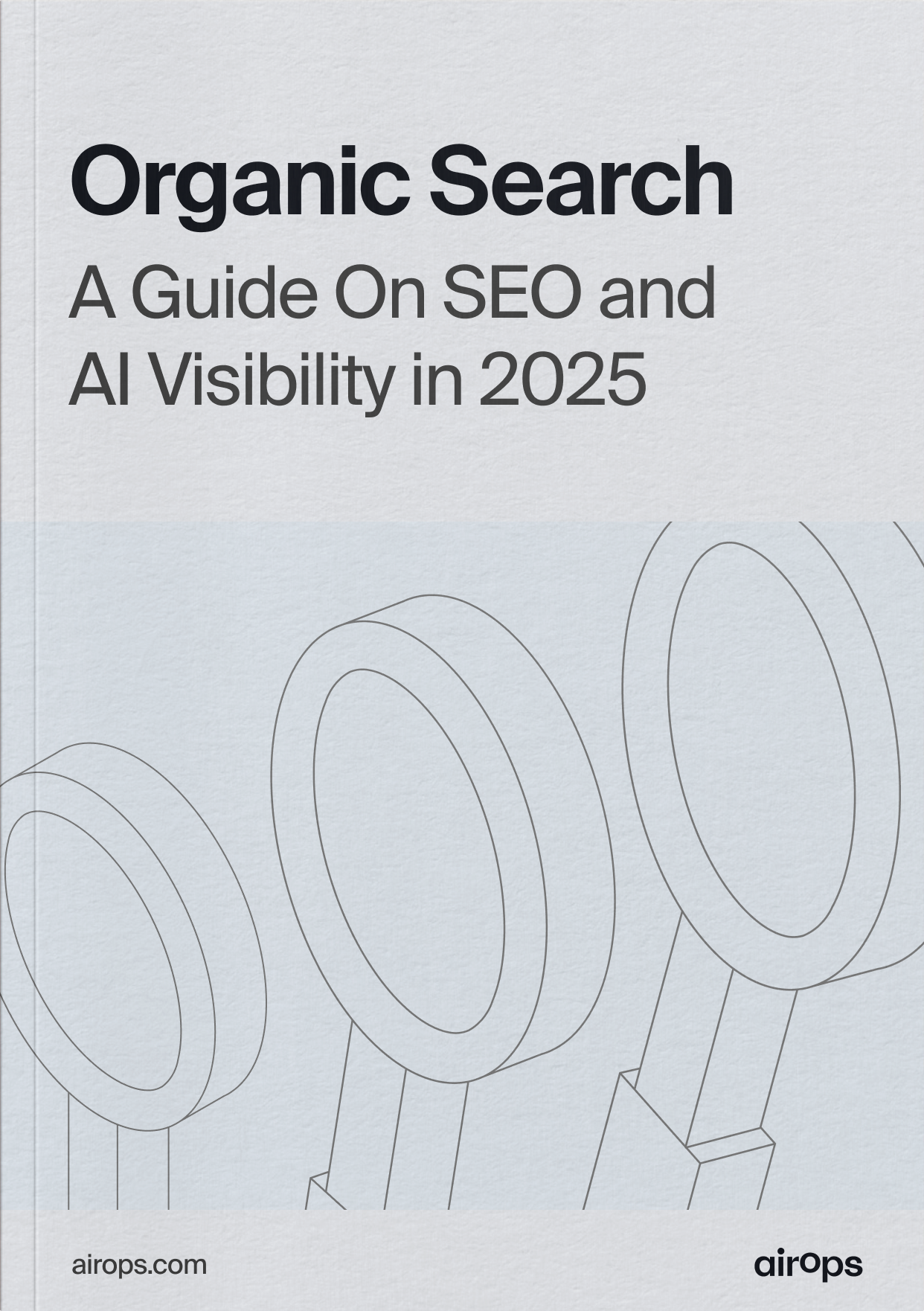Organic Search

- 12x faster workflow content creation per lesson rubric.
- Achieved 95% independence and workflow self sufficiency through targeted enablement.
- 12x faster workflow content creation per lesson rubric.
- Achieved 95% independence and workflow self sufficiency through targeted enablement.
- 12x faster workflow content creation per lesson rubric.
- Achieved 95% independence and workflow self sufficiency through targeted enablement.
- 12x faster workflow content creation per lesson rubric.
- Achieved 95% independence and workflow self sufficiency through targeted enablement.
- 12x faster workflow content creation per lesson rubric.
- Achieved 95% independence and workflow self sufficiency through targeted enablement.
- 12x faster workflow content creation per lesson rubric.
- Achieved 95% independence and workflow self sufficiency through targeted enablement.
- 12x faster workflow content creation per lesson rubric.
- Achieved 95% independence and workflow self sufficiency through targeted enablement.
- 12x faster workflow content creation per lesson rubric.
- Achieved 95% independence and workflow self sufficiency through targeted enablement.
Master meta descriptions with our guide on length, strategy, and AI tools.
Meta descriptions are HTML elements that summarize a webpage's contents. They appear in search engine result pages (SERPs), usually below the page title, and can influence whether users click through to your site.
A compelling meta description can increase your click-through rate, leading to more organic traffic. Search engines bold keywords in meta descriptions that match the user's query, drawing attention to your result. While meta descriptions do not directly impact rankings, they play a crucial role in encouraging users to visit your site. When paired with a well-crafted title tag, meta descriptions are essential for on-page SEO.
In this article, we'll discuss the optimal length for a meta description, writing best practices, and the importance of meta descriptions in improving click-through rates.
What is the Ideal Meta Description Length?
how to optimize your meta description for click throughts
Meta descriptions are a very nifty tool for websites looking to get more out of their SERP rankings. While it’s not the most effective way to get more traffic, there’s certainly ways to get more value out of meta descriptions.
1. How to Optimize Your Meta Description for Click-Throughs
One effective strategy for crafting meta descriptions is to directly answer the user's query while subtly raising more questions. By addressing the core search intent, you establish trust and relevance. However, by leaving some aspects unexplained or hinting at more in-depth content, you pique the user's curiosity, encouraging them to click through for the full details.
For example, if someone searches "How many calories in an apple?" a meta description like, "An apple has 95 calories, but they’re great for me even if you’re not in a calorie deficit," gives a clear answer but hints at further valuable information.
This meta description from Medical News Today is also a brilliant example of how you can give them some answers but leave users wanting more.
This approach not only satisfies the user’s immediate need but also fosters engagement by inviting them to explore the topic further. Balancing completeness with intrigue makes for a highly effective meta description that drives both relevance and curiosity.
Get started today
Request access to the best–in–class workflow builder with crafted templates for hundreds of use cases.
Get the best and latest in growth and AI workflows delivered to your inbox each week.

.webp)
